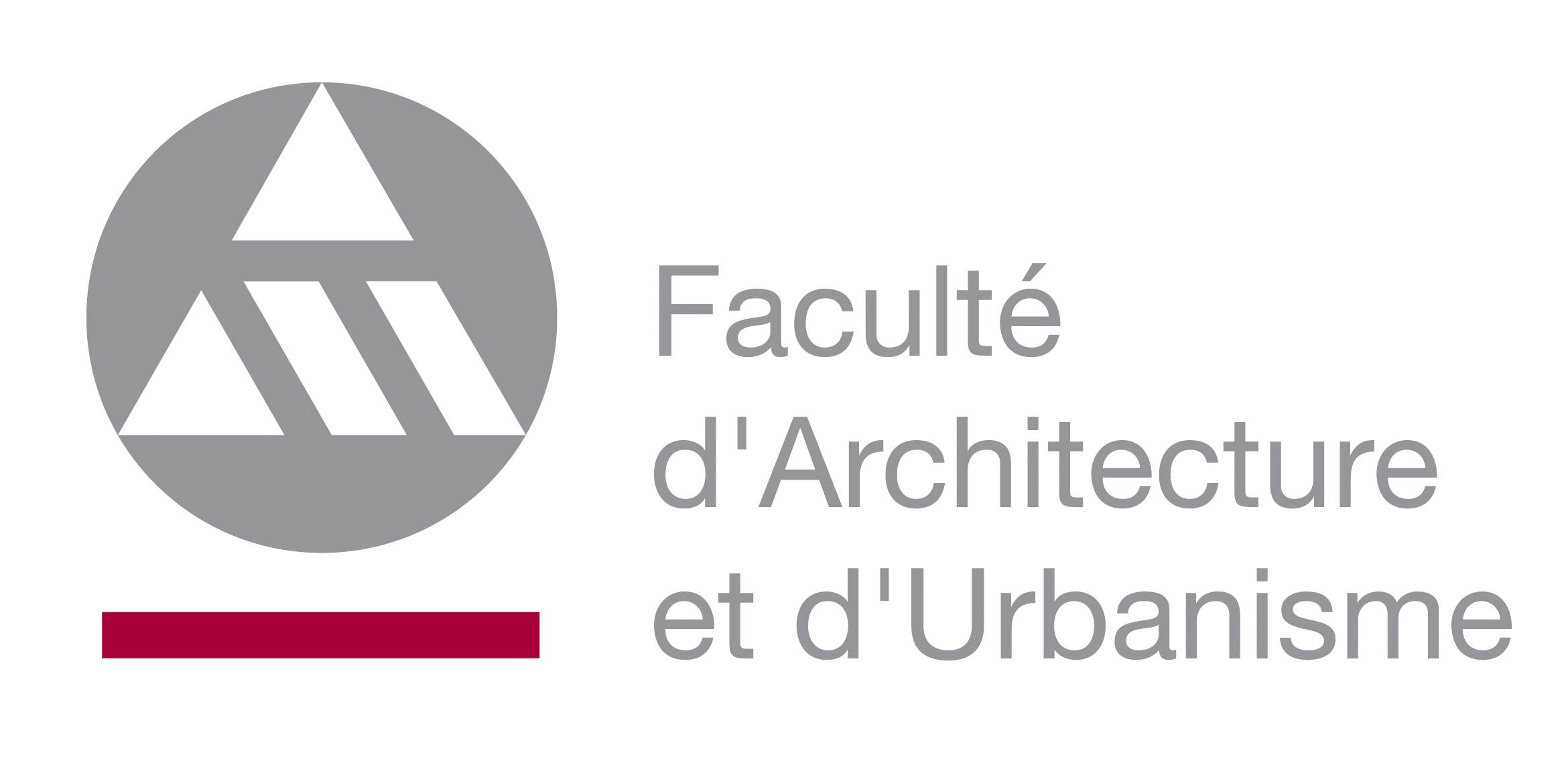 | Study programme 2019-2020 | Français | |
 | Ecology and Sustainable Architecture | ||
Programme component of Bachelor's in Architecture à la Faculty of Architecture and Urban Planning |
| Students are asked to consult the ECTS course descriptions for each learning activity (AA) to know what assessment methods are planned for the end of Q3 |
|---|
| Code | Type | Head of UE | Department’s contact details | Teacher(s) |
|---|---|---|---|---|
| UA-B1-ARCHIT-012-M | Compulsory UE | VONA Salvatore | A540 - Service des Sciences et Techniques de Construction |
|
| Language of instruction | Language of assessment | HT(*) | HTPE(*) | HTPS(*) | HR(*) | HD(*) | Credits | Weighting | Term |
|---|---|---|---|---|---|---|---|---|---|
| Français | 24 | 0 | 0 | 0 | 0 | 2 | 2.00 | 2nd term |
| AA Code | Teaching Activity (AA) | HT(*) | HTPE(*) | HTPS(*) | HR(*) | HD(*) | Term | Weighting |
|---|---|---|---|---|---|---|---|---|
| A-PRVT-201 | Ecology and Sustainable Architecture | 24 | 0 | 0 | 0 | 0 | Q2 | 100.00% |
| Programme component |
|---|
Objectives of Programme's Learning Outcomes
- Implement an identified spatial response
- Adopt an applied scientific approach
- Integrate technical dimensions in the project
Learning Outcomes of UE
At the end of this course, students will be able to:- Identify and explain the carbon footprint, ecological footprint, biosphere, ecosystem, biogenesis;- Identify and explain the levels of integration of living materials;- Identify and explain photosynthesis and respiration;- Name and explain the climatic factors, biotic and edaphic in an ecosystem;- Explain the greenhouse effect on Earth and the applications on buidings;- Define the concept of degree-days;- Explain the flow of energy and matter cycles in ecosystems;- Explain the parameters that influence thermal comfort;- Define the heat flux, thermal conductivity;- Explain the principles of sustainable building design;- Criticize a building according its criteria;- Explain the operation and compare the benefits of solar thermal, solar PV, heat pumps and cogeneration systems; - Explain the main characteristics of a passive building.
Content of UE
Carbon footprint; ecological footprint; biogenesis; greenhouse effect; photosynthesis; respiration; ecosystems; trophic relationships Climate, soil and the flow of energy & matter, water cycle and carbon cycle; heat transfer; thermal mass; elements of sustainable building design; passive heating and cooling; veranda, solar thermal systems; solar PV; heat pumps; cogeneration; passive house; green buildings; green neighborhoods.
Prior Experience
Not applicable
Type of Assessment for UE in Q2
- Presentation and/or works
- Written examination
Q2 UE Assessment Comments
Not applicable
Type of Assessment for UE in Q3
- Presentation and/or works
- Written examination
Q3 UE Assessment Comments
Not applicable
Type of Teaching Activity/Activities
| AA | Type of Teaching Activity/Activities |
|---|---|
| A-PRVT-201 |
|
Mode of delivery
| AA | Mode of delivery |
|---|---|
| A-PRVT-201 |
|
Required Reading
| AA | |
|---|---|
| A-PRVT-201 |
Required Learning Resources/Tools
| AA | Required Learning Resources/Tools |
|---|---|
| A-PRVT-201 | Not applicable |
Recommended Reading
| AA | |
|---|---|
| A-PRVT-201 |
Recommended Learning Resources/Tools
| AA | Recommended Learning Resources/Tools |
|---|---|
| A-PRVT-201 | Eléments d'écologie, François Ramade, Dunod Concevoir des bâtiments bioclimatique, Fernandez P., Lavigne P., Editions du Moniteur |
Other Recommended Reading
| AA | Other Recommended Reading |
|---|---|
| A-PRVT-201 | Not applicable |
Grade Deferrals of AAs from one year to the next
| AA | Grade Deferrals of AAs from one year to the next |
|---|---|
| A-PRVT-201 | Authorized |